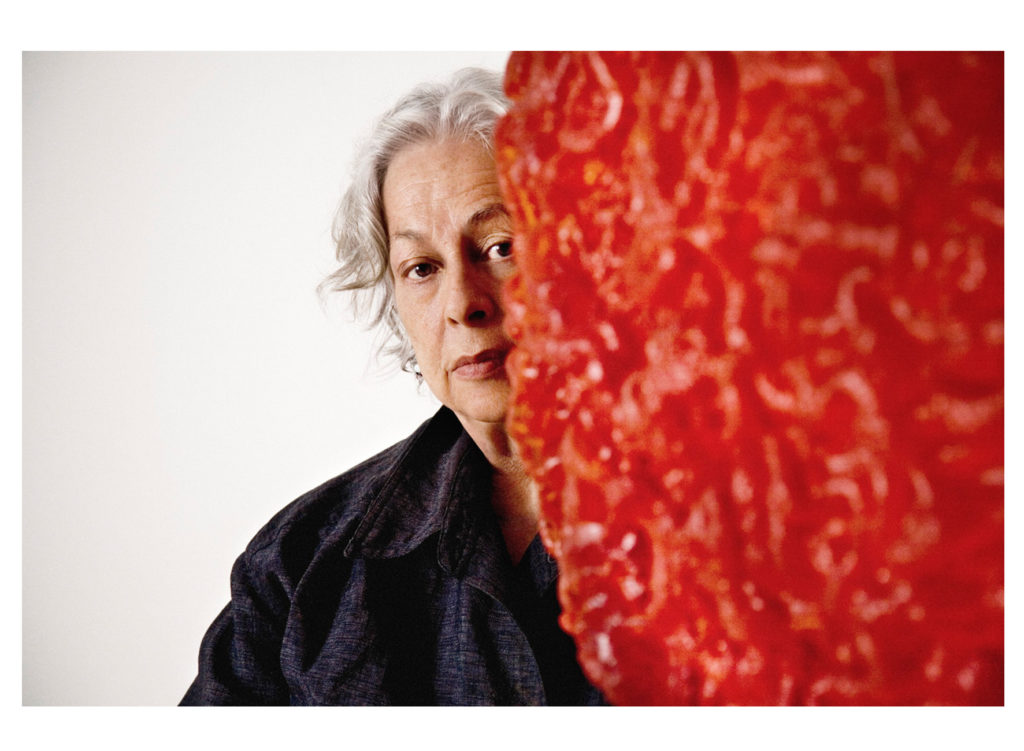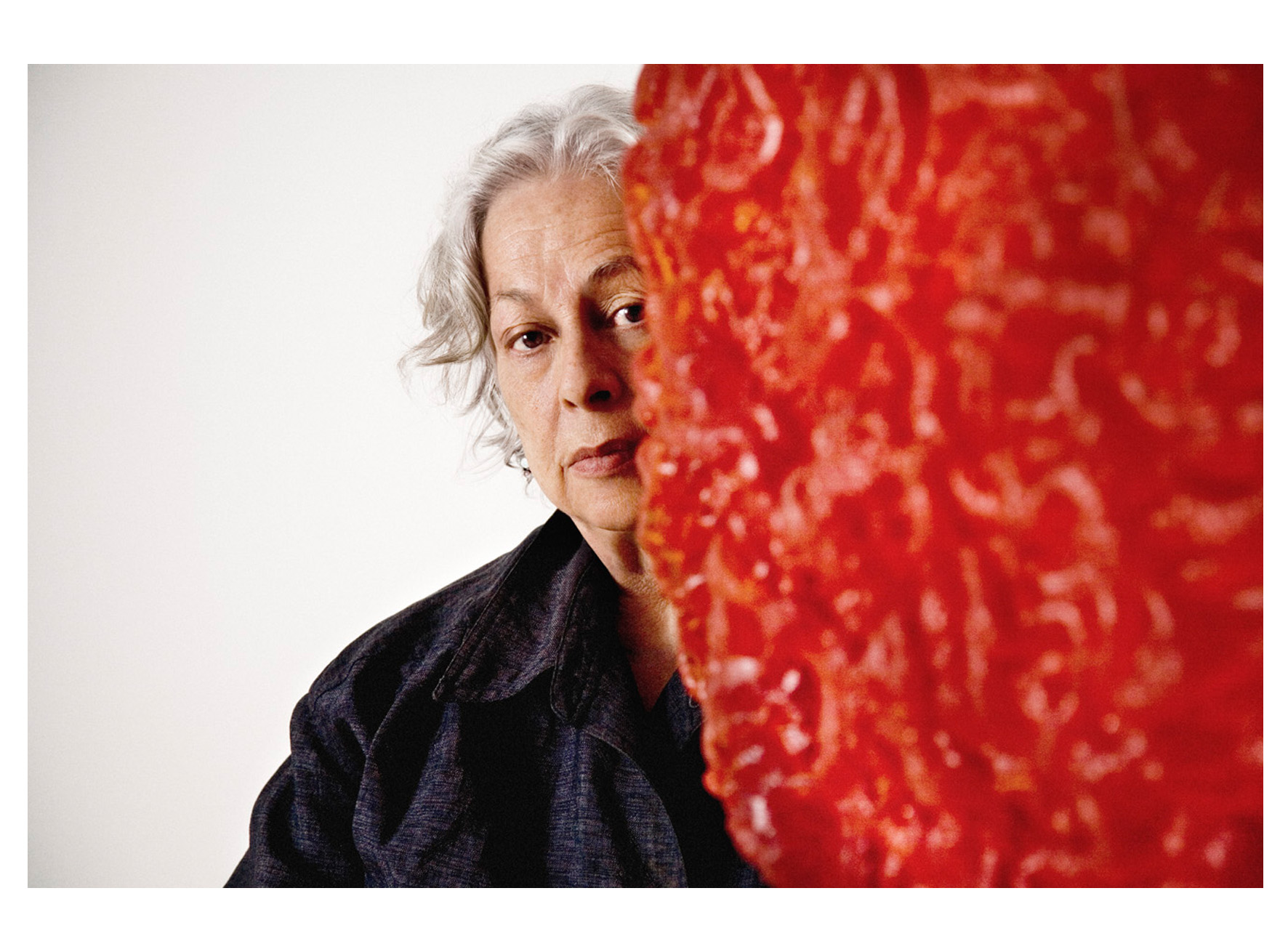[ad_1]

Lynda Benglis.
BILLIE SCHEEPERS
Lynda Benglis, the sculptor of Process art and Post-Minimalist fame, will now be represented by Pace Gallery, which has locations in New York, London, Beijing, Hong Kong, Seoul, Geneva, and Palo Alto, California. The gallery will show Benglis’s work at the FOG Design + Art fair in San Francisco this week, alongside pieces by James Turrell; presentations of sculptures by the artist will follow at the Zona Maco and Frieze Los Angeles fairs in February.
Pace has planned its first Benglis show for 2020 at its new headquarters in New York’s Chelsea neighborhood, currently slated to open in September of this year. The gallery will also collaborate with Artifex Press to create a catalogue raisonné of Benglis’s work.
“She experiments, innovates, and stretches the limits of materials—often challenging how they’ve previously been used or understood,” Marc Glimcher, Pace’s president and CEO, told ARTnews in an email. “And these innovations didn’t stop in the ’60s and ’70s, she’s continued to push materials further throughout her career; recently with her fountain works, she has even found a way to create form with water, an inherently formless material.”
Pace Gallery will continue working with Cheim & Read gallery in New York, Blum & Poe gallery in Los Angeles, and Thomas Dane Gallery in London. (In August of last year, Adam Sheffer, a longtime partner and sales director at Cheim & Read, began working as Pace’s vice president.)
Benglis is most famous for her sculptures made during the 1960s and ’70s, which liberate painting from the wall. “Canvas,” she told ARTnews in 2016, “had too much of a history.” Made by pouring or throwing latex paint, the sculptures resemble flows of toxic materials and pile-ups of blobby materials. Soon after creating these poured pieces, Benglis began producing what are often considered some of the earliest and most influential examples of video art, in the process experimenting with how the medium could alter viewers’ understanding of time.
During the ’70s, Benglis became one of the most notable artists associated with the feminist-art movement. Working with her gallery at the time, Paula Cooper Gallery, Benglis placed an advertisement in Artforum in which she holds a dildo to her bared pubic region, thus laying waste to the era’s gender norms. In the January 1971 issue of ARTnews, which focused on gender parity (a lack thereof, really) in the art world, Benglis wrote, “Both men and women are at fault in the present social dilemma, viz., the necessity to declare oneself female and artist in the same breath. If there were more female artists, and that will depend upon their effectiveness as examples, the term ‘artist’ would no longer imply one sex only.”
Benglis, who was the subject of a retrospective at the New Museum in New York in 2011, is “long overdue for reconsideration,” Glimcher said, adding that she “has decades’ worth of artwork that deserves to be presented in new contexts, and we see a vital opportunity to present her in dialogue with a number of our other artists, people such as Richard Tuttle, Robert Irwin, and James Turrell,” whom Pace also represents.
[ad_2]
Source link

